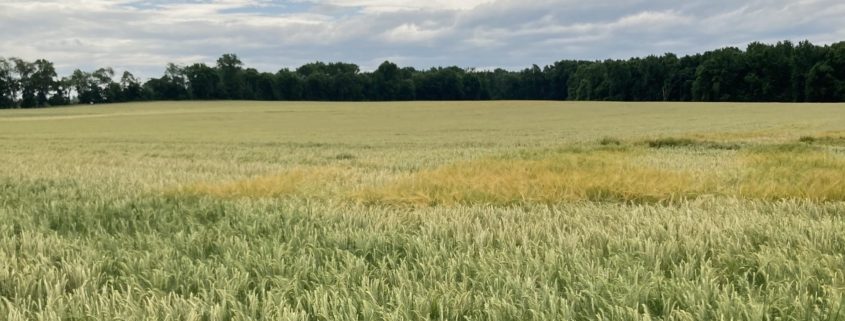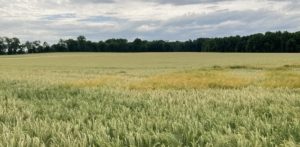#Riverbend10: Reflections on a Decade of Riverbend Craft Malt
It’s only natural to look out over a field of barley and reflect back to this time last year, or the year before that. This year we’re feeling extra nostalgic about our 10 year harvest that we’re now enjoying in craft beer across our region, toasting to a decade in business in what’s become a burgeoning agricultural industry. The craft malt story is unfolding, and we’re proud to help tell it.
How have the crops improved?
When we started, 6-row barley was the only game in town. A variety called Thoroughbred is where we got our start. Notoriously challenging to work with due to high beta glucan levels. We worked steadily to tease out the perfect blend of moisture, temperature and time required to promote proper modification. Now, in the twilight of its career, this variety continues to hold a place in our year-round lineup!
As we have gotten better, so have our farmers. They’ll tell you that they only get 50 or so chances in their lifetime to produce a quality product. We’re happy to report that most have been quick learners… developing programs that have increased test weight and yields over the years.
We’ve also gained access to several 2-row varieties that really helped open the doors at large-scale breweries for us. Violetta, Calypso, and Flavia all consistently yield >80 bushels an acre.
How did they look this year?
Mother nature was good to us! She spared us a late season frost and rainfall levels were manageable. Late season rains can often lead to pre-harvest sprout damage, but that was not the case in 2021. Most of our growers reported high overall quality and solid yield numbers. This gives us a solid foundation to work with until next summer!
Our friends out in the Western United States were not as lucky, dealing with drought conditions. Rainfall of only 5-6 inches was reported in some areas, which creates stressful growing conditions for barley. The end result is high protein and corresponding lower extract levels in the finished malt.
How have relationships with farmers gotten stronger?
Open and honest communication has been a cornerstone for us. Each year our “crystal ball” comes into a bit better focus, this helps us provide better estimates on raw material requirements to our network. Early on, our estimates varied wildly depending on what sale opportunities were falling into (or out of) the picture. Combine that variability with a fledgling grain growing effort, and you get a recipe for disaster.
2018 was probably the toughest year for all of us. We were ramping up production with a harvest that was less than stellar. Our growers and seed cleaners worked hard to get us the best material they could at an accelerated pace. It was a challenging time; frayed nerves were the order of the day. When 2019’s harvest arrived, we breathed a sigh of relief and went to work.
Our growth has allowed us to expand contracted acreage throughout our network and strengthen our commitment to #maltwithamission.
What’s next?
New varieties and new partners throughout the South. Early on, we built relationships in 10 acre increments, which equates to a truckload of grain. The need to scale shifted our focus to 50 and 100 acre increments to ensure adequate supply of craft malt. As we look to our second decade, we want to return to our roots and support small-scale pilot projects that offer access to a broader array of stakeholders in our region.




